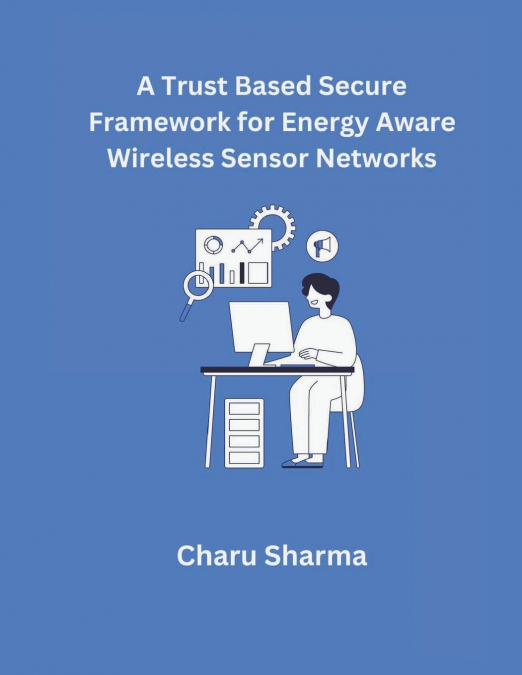
 Librería Desdémona
Librería Desdémona
 Librería Samer Atenea
Librería Samer Atenea
 Librería Aciertas (Toledo)
Librería Aciertas (Toledo)
 Kálamo Books
Kálamo Books
 Librería Perelló (Valencia)
Librería Perelló (Valencia)
 Librería Elías (Asturias)
Librería Elías (Asturias)
 Donde los libros
Donde los libros
 Librería Kolima (Madrid)
Librería Kolima (Madrid)
 Librería Proteo (Málaga)
Librería Proteo (Málaga)
In recent years, Wireless Sensor Networks (WSNs) have gained global attention as they provide the most cost-effective solutions to a variety of real-world problems. However, because of the wireless communication and lack of physical medium, these networks are vulnerable to many cyber-attacks. As a result, false information is easily injected to bring the network performance down. The communication of sensor nodes (SNs) acquires different types of security threats. Due to the limited storage and low power of SNs, security solutions are unachievable. As a result, extensive research is required to achieve security in WSNs. Different issues related to security in WSNs have been analyzed and discussed in this chapter, along with various research objectives implemented in this thesis in the field of WSNs. WSNs offer immense benefits due to their low-cost solutions, flexibility to work in different environments, ease of deployment (no cables necessary), easy troubleshooting, minimal installation cost and high performance. These networks consist of autonomous, small-sized, portable smart SNs or motes. The nodes are randomly deployed in an unattended fashion and connected via wireless communications. WSNs are a rapidly developing technology that can be utilized in a variety of dangerous and unusual conditions including forest fire detection, battlefields, agriculture, industries, health care, oceanography and wildlife movement monitoring, as well as used to automate mundane tasks. WSNs are highly scalable, versatile and ideally suited for real-time monitoring because of their low maintenance. The sensor network is made up of SNs that sense data and relay it to the cluster head (CH). The role of a CH is to gather data, process it and communicate with other CHs in order to pass the information to the base station (BS). The SNs have restricted resources in terms of power, bandwidth,